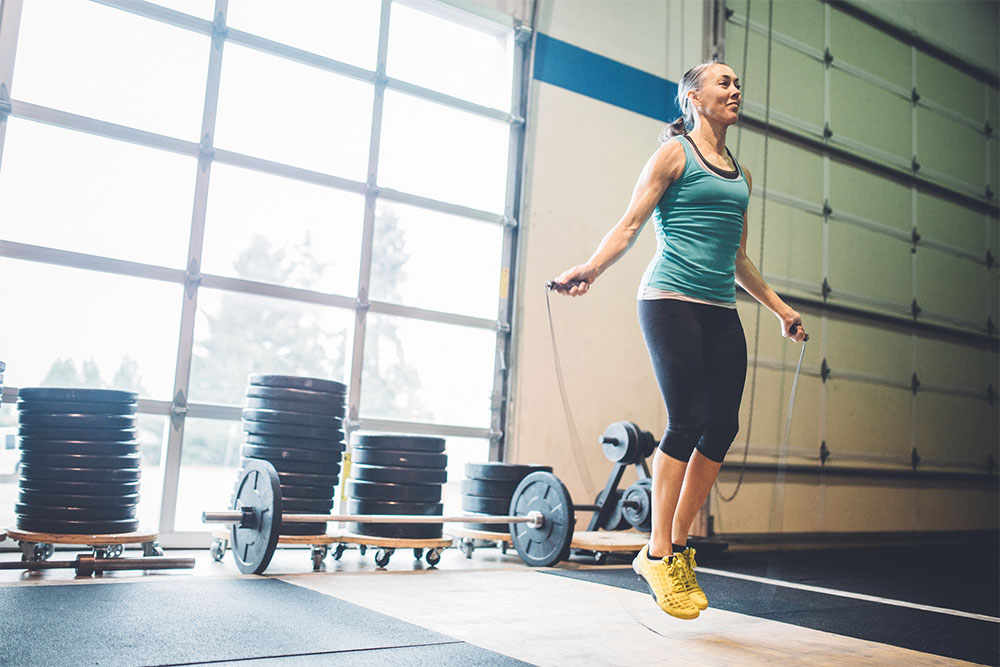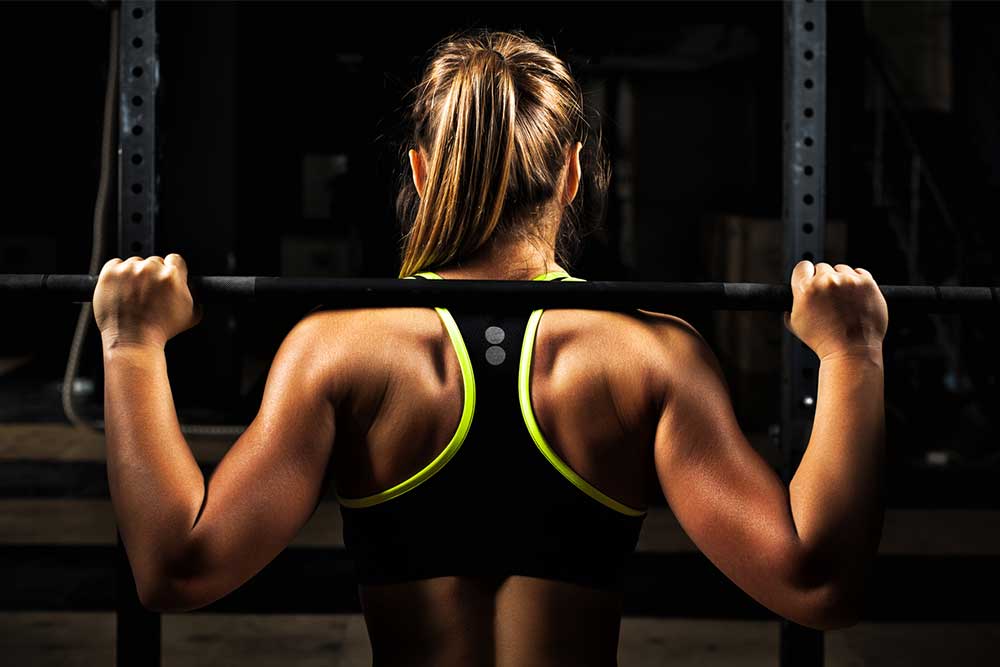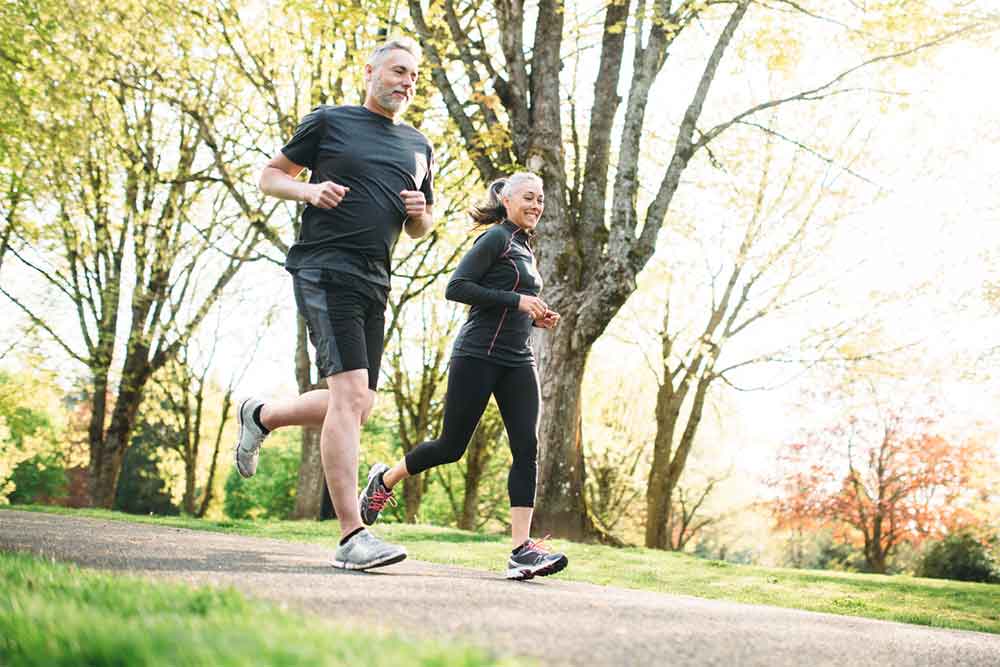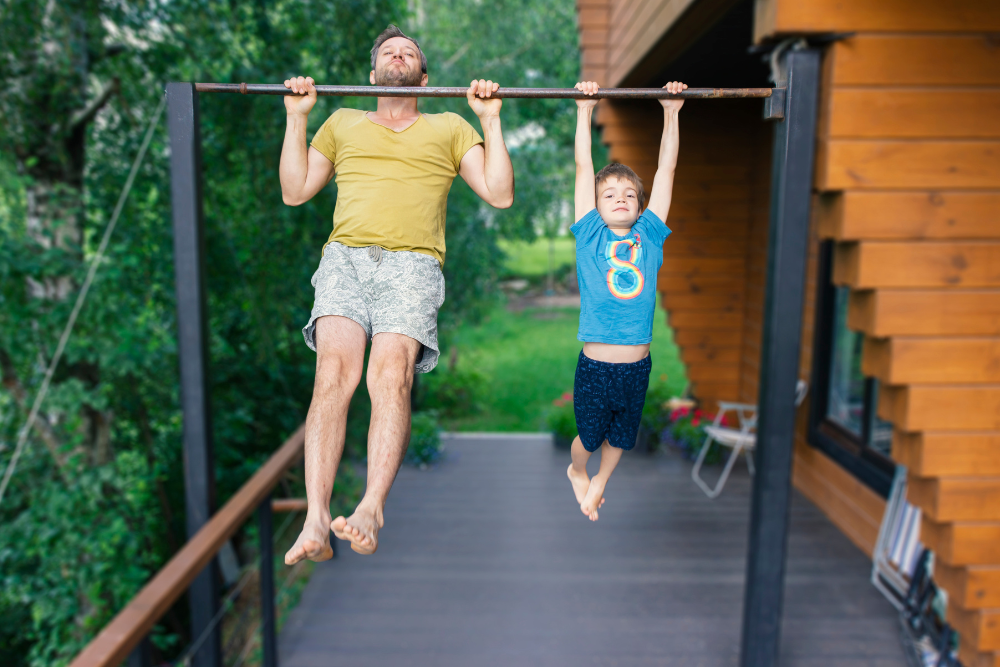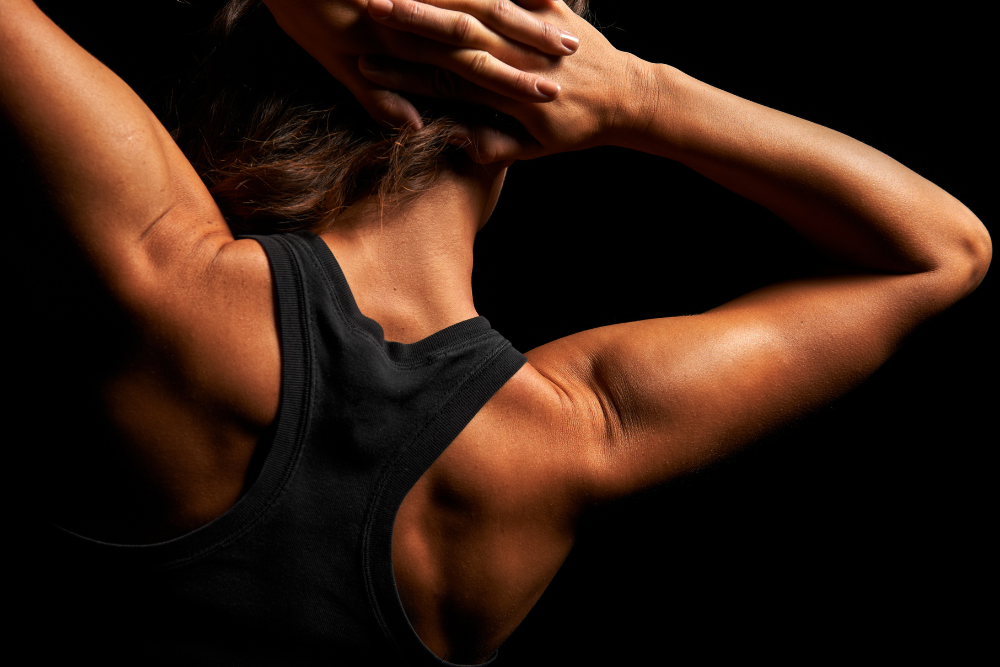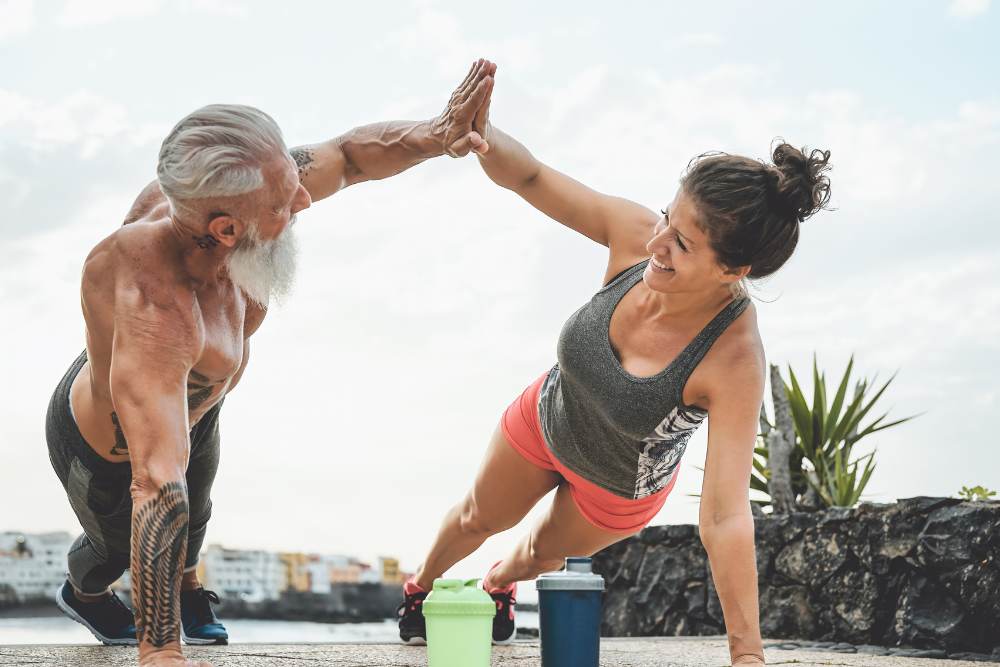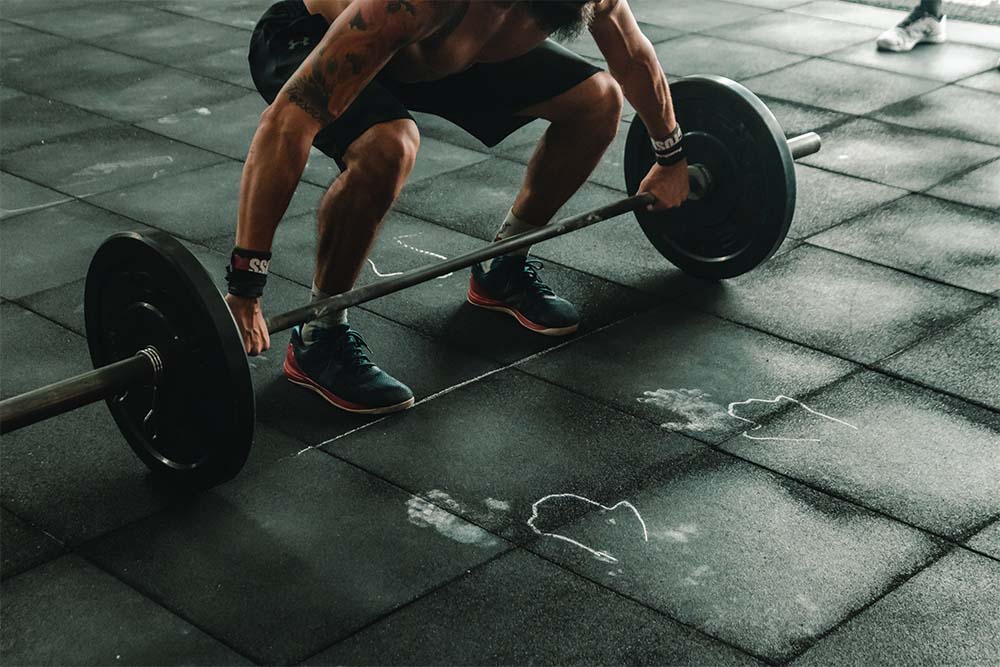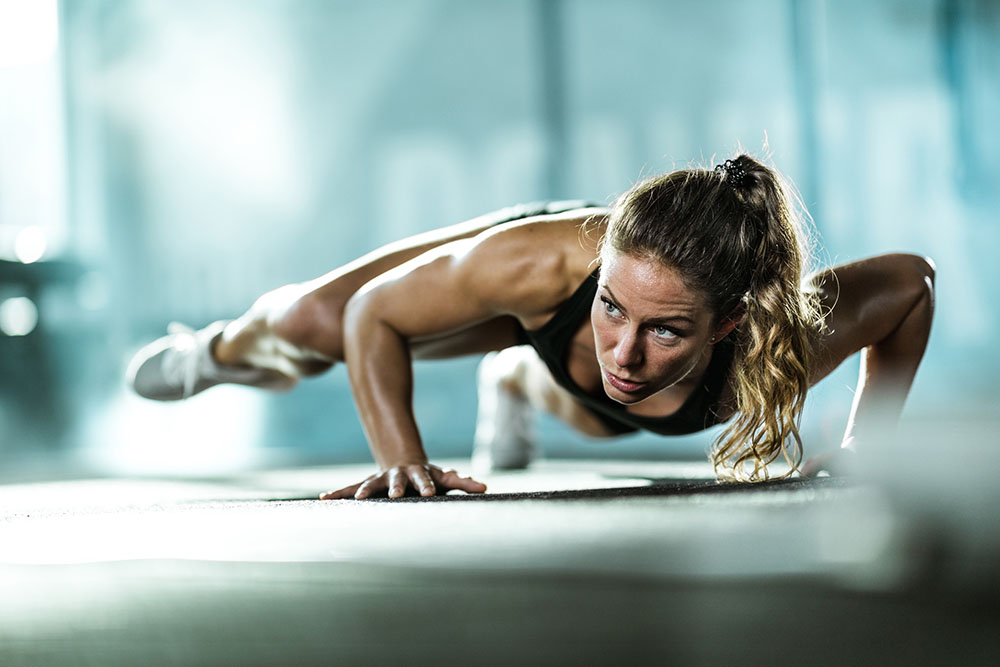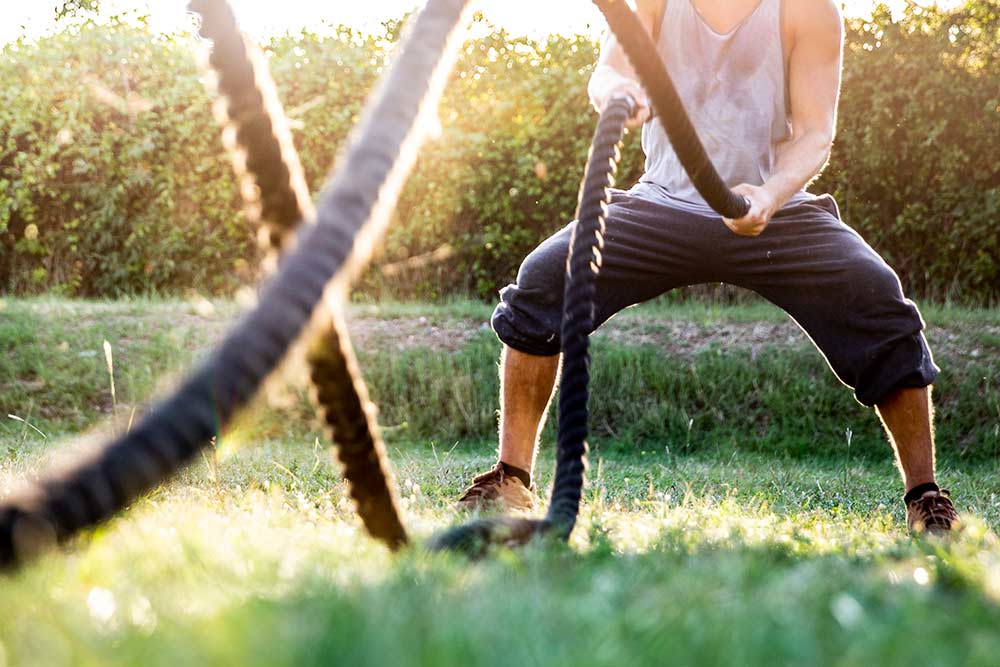New Exercise Recommendations For Osteoporosis
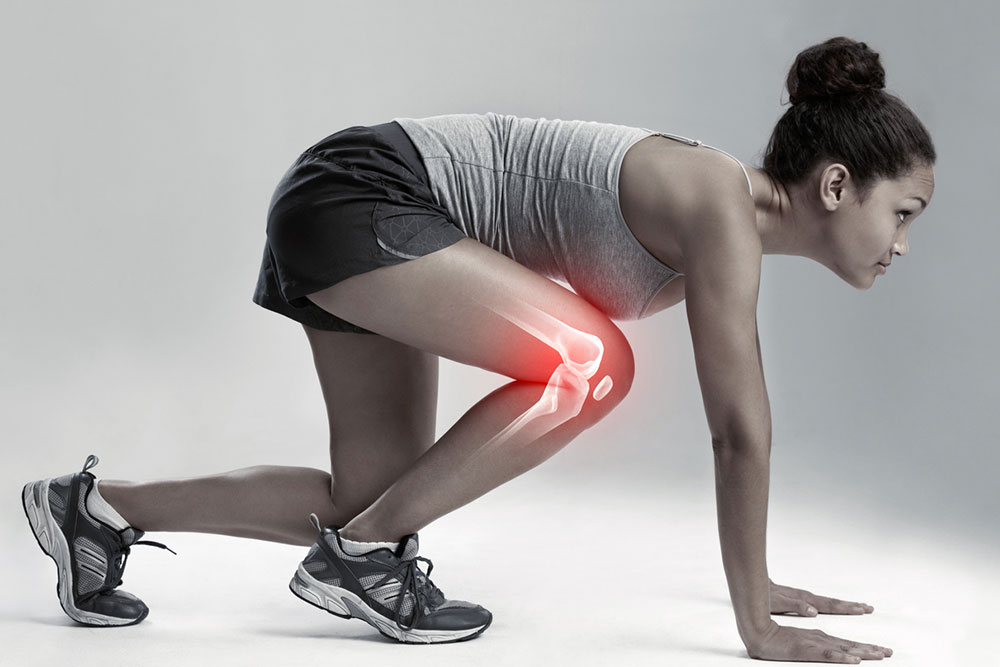
Sara Thompson – M.Sc. in Exercise Science
Osteoporosis is characterized by low bone mineral density, decreased bone strength, and an increased risk of falling.
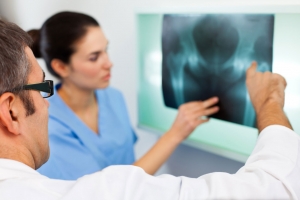 According to the National Osteoporosis Foundation, 9.9 million Americans have osteoporosis, the majority of these individuals being postmenopausal women, due to the decrease in estrogen (Bilek et al., 2016). Low bone mass, in combination with an increased risk of falling, leads to a high risk of fracture in this population.
According to the National Osteoporosis Foundation, 9.9 million Americans have osteoporosis, the majority of these individuals being postmenopausal women, due to the decrease in estrogen (Bilek et al., 2016). Low bone mass, in combination with an increased risk of falling, leads to a high risk of fracture in this population.
As we age, we know our bones become more brittle, falls become a source of worry and what was once just a bump on the rump can turn into a lengthy stay in the hospital for a broken hip. So far, we know that exercise is good for soft tissues – muscles, the heart, lungs, and blood, but what about bones? Dr. Hanzell led us through how bone health is changed with activity.
Bone has several different purposes – protecting organs, red blood cell production, mineral reservoirs, and attachment of the skeletal muscle. Bones are the way in which we are able to move. Muscles may generate power, but without bones, we don’t have the machinery to move. It is also important to remember that bones are metabolically active. Dr. Hanzell says that while many see bones simply as a hard substance within our body, bones are constantly being remodeled through actions of formation and resorption (minerals being taken from the bone). When we age, resorption seems to increase over the formation, which can lead to bone becoming porous and brittle, what we know as osteoporosis.
So how can we prevent osteoporosis and improve bone health? Dr. Hanzell says that if you are approaching 50 and over, there’s not much you can do to improve bone mass/density. This is because peak bone mass, the most you will ever have and is when bone formation is greater than resorption, is achieved in your 20s to 30s. As you age, hormones change and your metabolism slows. Your body taps into your bone reservoirs to take up mineral nutrients if you can’t absorb or deal with the minerals in your diet (either from a decrease in absorptive ability or decreased processing speeds requiring additional support from the bone).
High Impact Exercise
It is recognized that in order to increase bone mass, there needs to be high impact loading on the bone. High impact exercise causes an increase in bone formation due to the mechanical stress placed on the bone (Martyn-St James & Carroll, 2009). However, recommendations for osteoporotic individuals is low-moderate exercise (National Osteoporosis Foundation), largely due to the fact that individuals with low bone mass are at higher risk of falling.
This “Catch 22” has caused physical activity recommendations to remain stagnant for many years. Therefore, Belinda Beck, and her team of researchers in Australia, is aiming to combat this problem. Beck is in the midst of a trial to develop a safe high intensity, impact loading exercise program to reduce risk of osteoporotic fracture in postmenopausal women with low bone mass. The goal is to develop a protocol that is both effective in increasing bone mass, without increasing the risk of falls.
Related Article: Exercise As A Stimulus For Bone Health
LIFTMOR Trial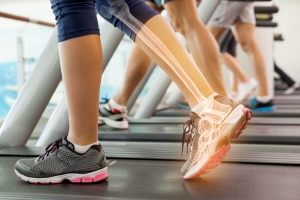
This ongoing study is called the Lifting Intervention For Training Muscle and Osteoporosis Rehabilitation (LIFTMOR) Trial. Postmenopausal women with low bone mass are recruited for this study.
Individuals are randomly divided into two groups:
-
High-intensity progressive resistance training (HiPRT) intervention
-
Low-intensity home-based intervention
*Both groups perform two 30-minute exercise sessions per week for 8 months.
HiPRT Group
Individuals in the HiPRT group perform supervised resistance training and impact loading exercise. Resistance exercises include deadlifts, squats, and overhead press. Participants are gradually introduced to the exercises to develop proper technique and adequate capability.
Once participants are able to comfortably complete the exercises, they perform 5 sets of 5 repetitions at 80-85% of their 1 repetition maximum, or the weight at which they are able to complete one full repetition.
In order to integrate impact loading into the program, participants also perform jump chin-ups with drop landing, in which they jump to pull themselves into a chin-up and then land safely on the ground.
Low-Intensity Home-Based Intervention Group
Participants in the low-intensity home-based program perform exercises that are similar to current recommendations for patients with osteoporosis.
Participants complete ten minutes of walking, followed by four stretches and four low-resistance body weight exercises, such as lunges, calf raises, standing forward raise, and shrugs. Before and after the 8-month trial, participants from both training groups are tested for anthropometry, bone and muscle mass, as well as functional performance measures including timed up and go test, functional reach test, vertical jump, five times sit-to-stand and back extensor strength.
The Findings
The trial is ongoing, however the team recently released a report of preliminary findings (Watson et al., 2015).
Twenty-eight women, with a mean age of 66 ± 4.8 yrs have completed the trial so far, with 12 participants completing the HiPRT and impact loading intervention.
Preliminary data reveal that individuals in the HiPRT group have increased height, femoral neck bone mineral density, lumbar spine bone mineral density, and improved functional performance compared to participants in the low-intensity home-based intervention.
Most importantly, there have not been any injuries, suggesting the trial is a safe way to increase bone mass and functional performance in postmenopausal women with low bone mass.
Recommendations
Current recommendations for individuals with osteoporosis are to perform low-moderate weight-bearing exercises, despite the widespread knowledge that high impact loading is required for bone formation.
Until now, the cause for these counterintuitive recommendations is due to the perceived increased risk of falling during high impact loading exercises. However, Beck and colleagues could change the way exercise is prescribed in this population.
While these are only preliminary findings, Beck and colleagues have demonstrated that resistance training with high impact loading effectively increases bone mass and strength without increasing the risk of falling. This novel exercise program could significantly decrease the incidence of fracture in this population.
The Target
The target of the LIFTMOR trial is to recruit 100 women over 60 with low bone mass. I look forward to reading the results when the trial is completed!
Related Article: Muscle Strength And It’s Relationship To Bone Health
References
Bilek, L.D., Waltman, N. L., Lappe, J. M., Kupzyk, K. A., Mack, L. R., et al (2016). Protocol for a randomized controlled trial to compare bone-loading exercises with risedronate for preventing bone loss in osteopenic postmenopausal women. BMC Women’s Health. 16(1), 59.
Martyn-St James, M., Carroll, S. (2009). A meta-analysis of impact exercise on postmenopausal bone loss: the case for mixed loading exercise programmes.
British Journal of Sports Medicine. 43(12), 898-908.
Watson, S. L., Weeks, B. K., Weis, L. J., Horan, S. A., & Beck, B. R. (2015). Heavy resistance training is safe and improves bone, function, and stature in postmenopausal women with low to very low bone mass: novel early findings from the LIFTMOR trial. Osteoporosis International, 26(12), 2889-2894.
You Might Like:

